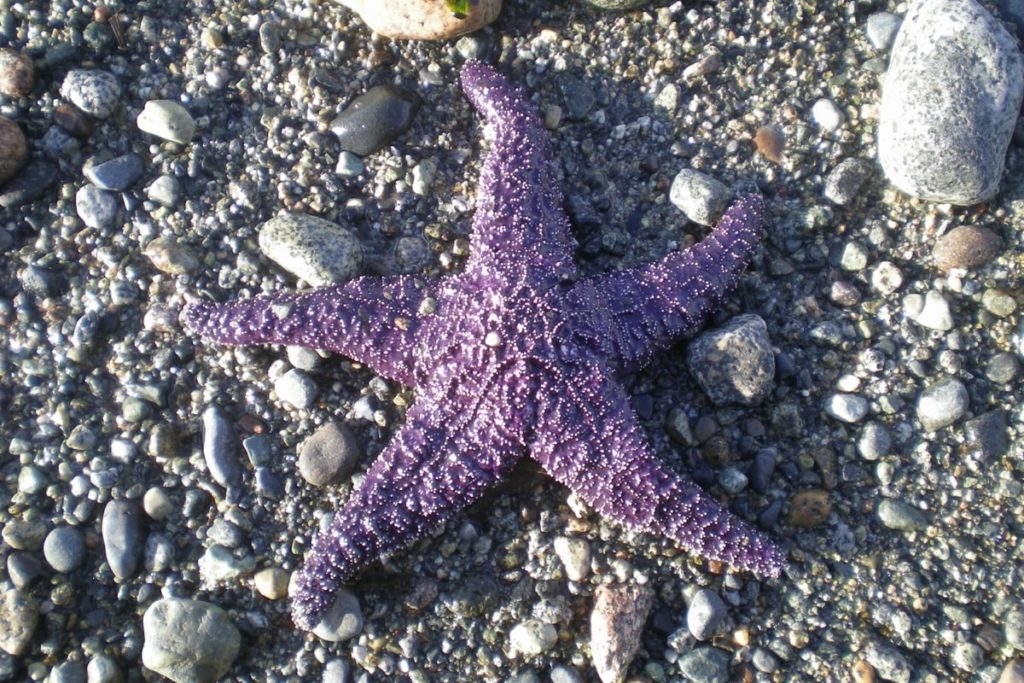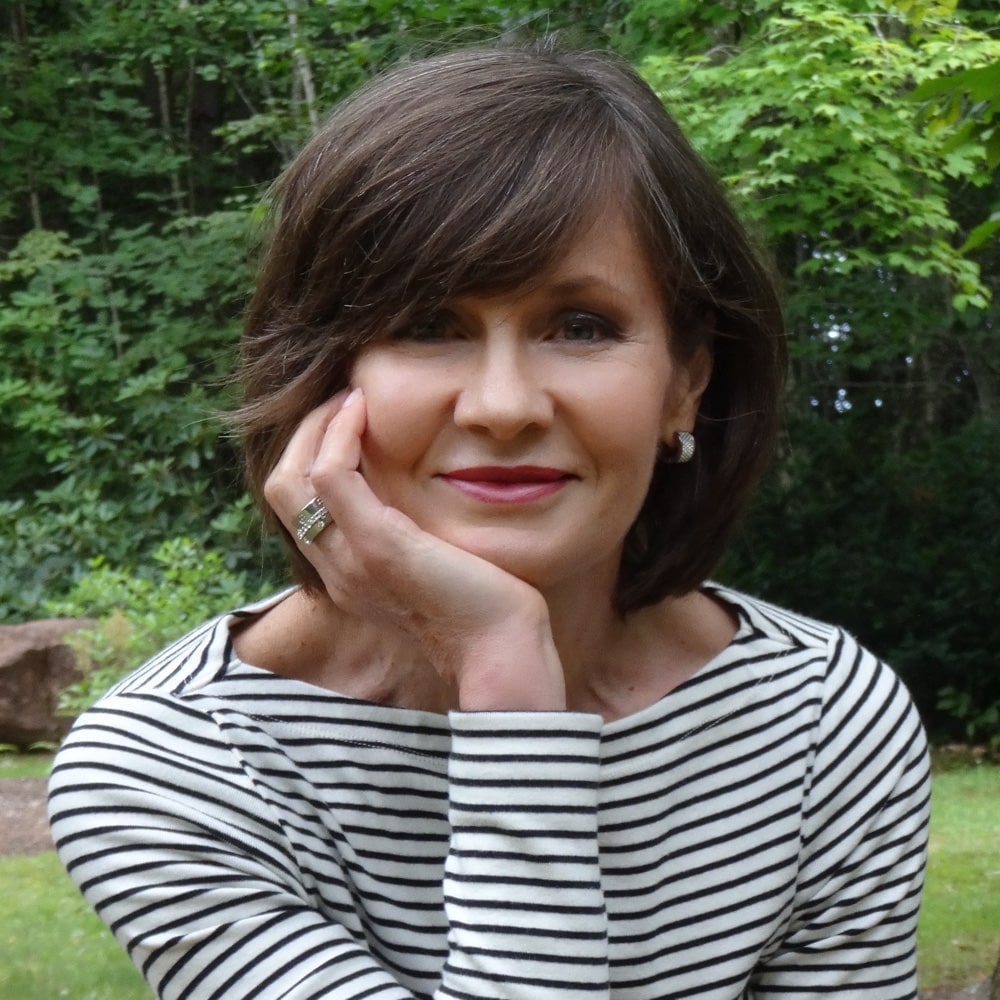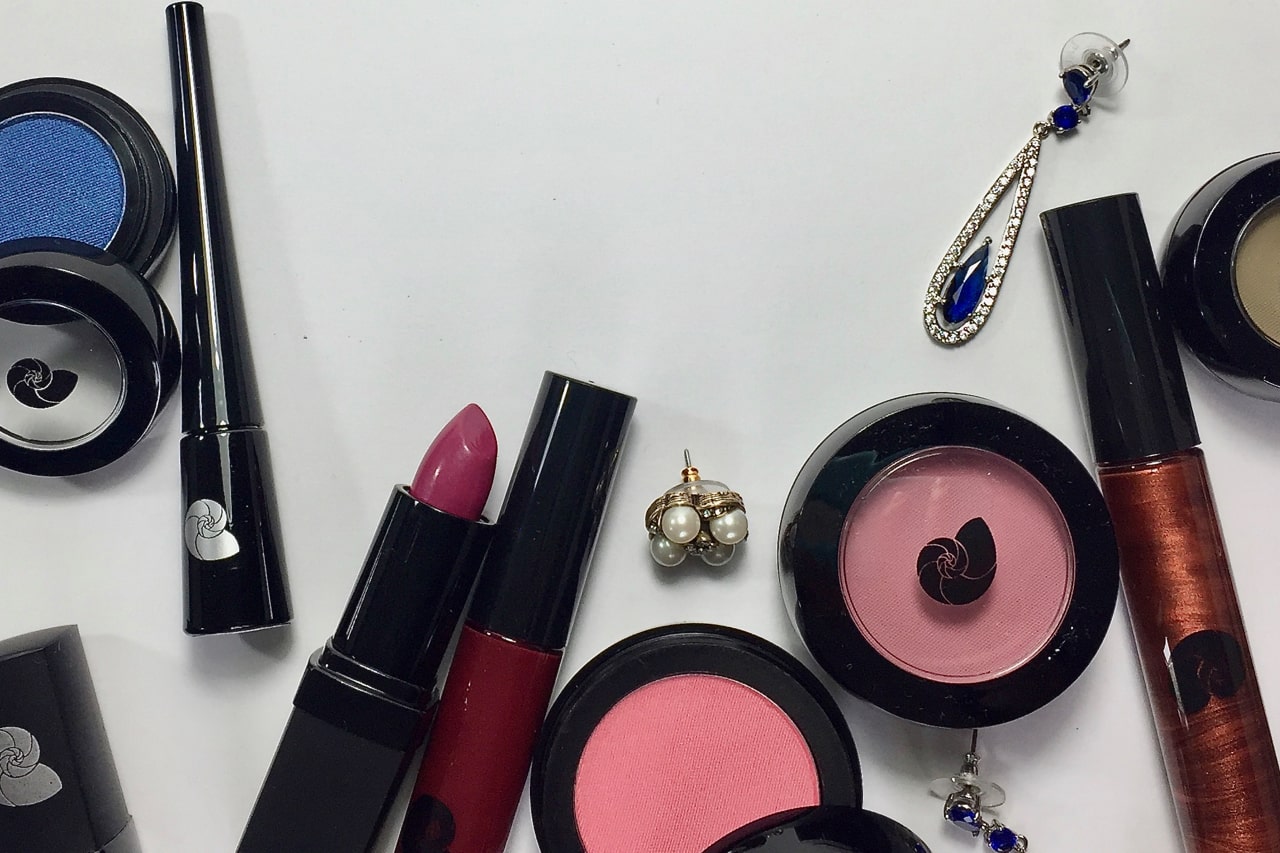by Christine Scaman (Prince Edward Island, Canada)
Colour analysis (or PCA, Personal Colour Analysis) is for people who understand that appearance impacts relationships.
It is an eye-opener to hear how decisions as simple as the clothing or cosmetics we reached for that morning affected how others responded to us all day.
Their decisions are unrelated to vanity, youth, or privilege, and even beyond surface impressions of attractiveness or desirability. In fact, they inform their narrative about our health, competence, discretion, and how approachable, friendly, and interesting we would be, socially and professionally.
In a recent training course, the student analyst right away captured the stories our colour models expressed when they wore different colours.
Subjective, maybe, but I saw the same, their spouse saw the same, and so would everyone else. The models saw it too and as an attorney and a senior consultant in HR for a group of communication companies, the value of colour analysis for these individuals was crystal clear in 12 seconds flat:
- “In this colour, this person is wise, the mentor, the teacher. He can take action if required, I would tell him my thoughts and fears and I’d even share my dreams. I would feel heard.”
- “In this colour, the person is less trustworthy. The eyes look more shallow and she feels forced or into herself. I would keep myself back and wouldn’t share anything personal.”
- “In this colour, the man is the leader. He is strong and a little distant but still available to me. He is a man who has a senior position, but he’s approachable. I would follow his advice.”
- “In this colour, she appears to have dropped a few rungs in the corporate ladder.”
These big picture impressions are the tip of an iceberg of objective data. However, when many subjective opinions concur, we are in the realm of reality.
The good news is that once we see how these impressions come into being, they’re brought back under our control where they belong. In our colours, we are seen for our highest qualities and greatest gifts. The packaged, plastic, temporary possibilities of fashion marketing are gently replaced with a warm, compassionate, loving, and intelligent being.

Colour analysis is also for people who care how clothing is sourced. When we exercise choice, we gain strength, but unlimited choice causes tension.
Yes, wearing our own colours lets others see our talents, framed in the clearest, cleanest, most unique version of ourselves.
But that’s not all. Our palette is the starting point for a conscious closet that performs on other levels. Consider:
Respect for the impact of textile manufacture and dye,
Respect for workplace conditions and fair trade.
Respect for the marketing and photography of appearance.
Respect for the pressure on animals and agriculture.
Participating in microeconomic investment and the empowerment of women (who will save this planet).
VIDEO : Why fashion trends are exhausting your wallet, the planet, and yourself.
A Vote For Hope
Knowing I chose to do nothing when I had the choice to do something is a tough way to live with myself.
If I’m a consumer, I’d like to be a creator or builder to the same degree.
We can’t eat and drink clothing any more than we can chew on our hard drives, and the waste is not about to decompose, especially if it’s made of mixed fibres.
Sure, it’s easier to hand problems over to science, stick a label on them, get funding, hope some laboratory somewhere will solve them, and in the end, never have talked about what the real problem is… the choices we made.
There are problems where all or part of the solution is not more $ or more science.
Raising the noise level around a subject is a way to get the government to give it money, because it’s hard to get it to pay for compassion and in some places, impossible, but the solution will be multi-disciplinary.
I’ve been following the impressive ‘Green New Deal’ conversation coming out of the USA, that distributes the job between environmental policy, economic reform, and social responsibility.
How to fund it? To begin, call up Big Business, that took billions in public money to bring products to market and gave back none, contrary to how investment and taxation work for the rest of us. (Search Congresswoman Alexandria Ocasio-Cortez on YouTube to watch this in action, quite exciting, and learn about the Green New Deal.)

Cleaning Up My Act
A 10-second search brought me face to face with the destruction caused by textile manufacture.
The Aral Sea no longer exists. It has been diverted to cotton production. If you live in Canada, watch the episode on CBC here.
Fashion’s continuous launching soaks up gallons of water, like growing almonds, when there isn’t enough water to drink, and dumps gallons of dye back out . At least, you can eat almonds.
As in the Natural vs Organic vs Green conversation, the standards are loose and less restricted than with food. Ethical and sustainable appear to mean the same thing in this context. I just want to start changing my habits, not get caught in semantics or extremes.
As with basically everything, the more we do, the more we can do. Overcoming ourselves and getting started is the hard part (and where much of the value lies, as any teacher or creator would acknowledge).
I expected the garments to be baggy, boxy, beige, and expensive. Not true. I added items to the 12 BLUEPRINTS PCA Pinterest boards, linked here.
Why didn’t I know better sooner? My favourite clothing brand for doing what it claims and looking good for a long time is Mountain Equipment Co-op and I’d read their sustainability page, but I admit that it was more from personal preference than environmental motivation that I supported the brand.
I thought choice would be limited. From this list in Good Housekeeping magazine, the companies are showing up. Time for me to do the same.
Does living in Canada limit choice? It always does but less than I expected. Here is a post for Canadians to shop sustainable online.
Find many more sustainable brands in this Huffpost article that links directly to the Instagram feeds. Reformation has lovely items, neither boxy, boring, nor beige, but the Pinterest button is disabled.
Allbirds says their shoes are the most comfortable on the planet and I agree. Made in New Zealand (with shipping to the US and Canada), they do everything Allbirds claims, including feel like a dream.

Brands and Pins
One of my favourite sections of the colour analyst training course is the in-depth demonstration of how colours of textile, cosmetic, jewelry, eyeglass frames, or any other item of apparel, is placed into one single Season. (Learn more about colour analyst training by clicking the buttons at the bottom of this page.)
To a client creating a wardrobe in the real world, the question is not, “To which Season does this garment belong?”, and not necessarily, “Is this in my Season?” The question is, “Might this item work for me? Does it share enough with my Season’s colour properties to work extremely well in my wardrobe?”, questions which your colour analyst will help you know how to know.
Perfect and exclusive are unnecessary if the goal is to look a thousand times better than before knowing our colours. Many items can be beautiful in two Seasons with a little management, thinking here of clothing, and even more so printed fabrics and cosmetics, depending on the product and the person. It is usual for jewelry to work well in two or three Seasons.
Items in Pinterest boards work the same way. Look in your Season as well as the related neighbours. If you’re a Spring, look in all 3 Spring boards. If you’re a Neutral Season, look at the board for the neighbour Neutral Season, as in Soft Summer and Soft Autumn.
The link for the Season boards is in the section above and also here. As mentioned in the video, the date in the Pinterest caption indicates that the item was available in retail on that date and links back to the product page on the shopping website.
Our monitors show colours differently and I don’t visit stores to confirm Season. If you purchase, please see items in person with your palette in hand or confirm that they’re returnable.



